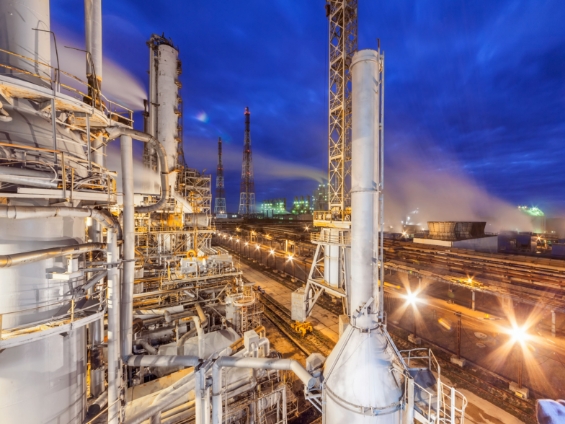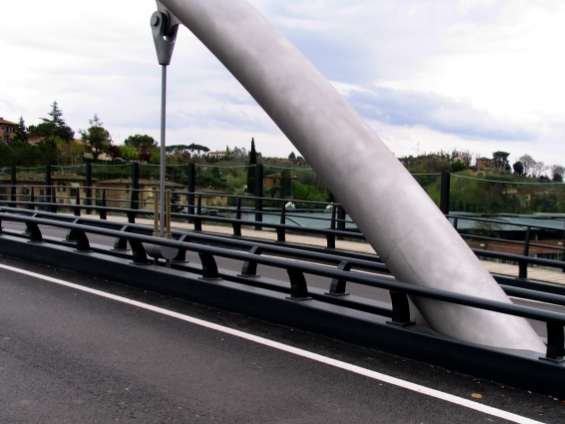





| INDUSTEEL TRADEMARKS | UNS | ASTM | EURONORMS EN | SUS | GOST |
| UR 600 | N06600 | – | 2.4816 – | – | – |
| UR 601 | N06601 | – | 2.4851 NiCr23FeAl | – | – |
| UR 825 | N08825 | – | 2.4858 NiCr21Mo | NCF 625 | – |
| UR 625 | N06625 | – | 2.4856 NiCr22Mo9Nb | NCF 825 | – |
| HASTELLOY® C-22® | N06022 | – | 2.4602 NiCr21MoCr14W | – | – |
| HASTELLOY® C-276 | N10276 | – | 2.4819 – | – | – |